#computational fluid dynamics
Text
Beneath the Surface

Signs of a ship's passage can persist long after it's gone. The churn of its propellers and the oil leaked from its engines leave a mark on the water's surface that, in some cases, is visible even from orbit. (Image credit: A. Calado and E. Balaras)
Read the full article
#2023gofm#CFD#computational fluid dynamics#direct numerical simulation#DNS#fluid dynamics#physics#science#turbulence
129 notes
·
View notes
Text
A class of curves
During my thesis, researching ways of flow around rocks and ships near the surface of water, I found a set of equations that can be used to model these weirder shapes. One example was the lemon curve, which you saw as the cricket ball simulation I showed earlier. The other is a generalised version of these that allows one to customise the location of bumps on the surface of the solid. The following plots were made in python.
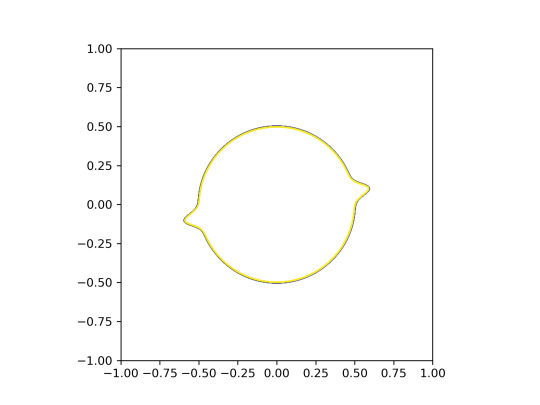
Lemon curves (name courtesy of my fabulous sister @mrunmione) - the shape used to model a cricket ball

Crocodile curves (because they literally look like crocodiles)
Why are they important? ↓
It is important that when you model obstacles, you do so with at least second-differentiable functions, which means that they can be differentiated at least twice without behaving badly.
This is due to the nature of equations used to model fluids, called the Navier Stokes equations, which is based on Newton's 2nd law of motion, the force applied on an object is proportional to the acceleration (which is where the 2nd derivative comes into play).
70 notes
·
View notes
Text
pretty plots
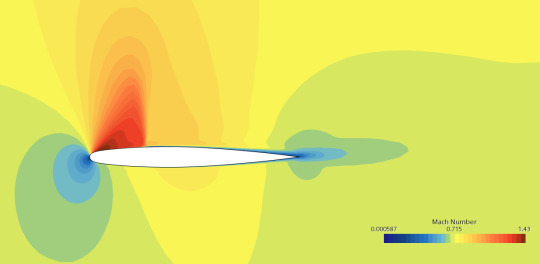
15 notes
·
View notes
Text
Computational fluid dynamics



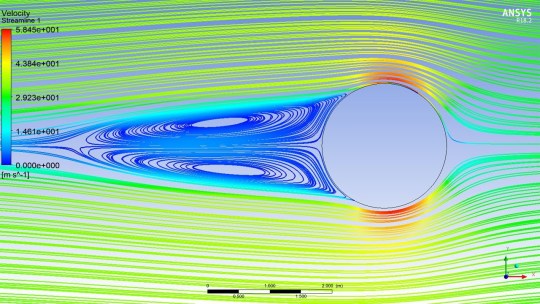
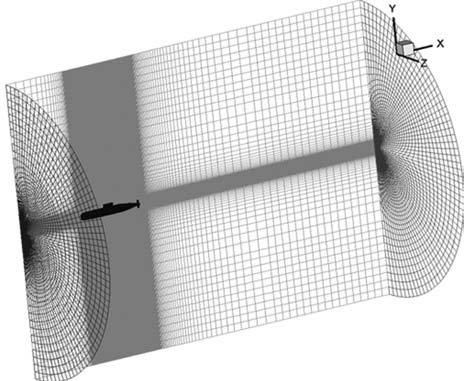
Ansys CFD simulations === contemporary art, fight me
#computational fluid dynamics#simulation#Ansys#contemporary art#modern art#postmodernism#graphic design#inspiration
2 notes
·
View notes
Text
0 notes
Text
Unveiling the Power of Computational Fluid Dynamics: Enhancing Engineering Solutions
In the realm of engineering and scientific simulations, Computational Fluid Dynamics (CFD) stands as a pivotal tool revolutionizing the way we understand fluid flows and their intricate behaviors. With its unparalleled precision and versatility, CFD has transcended mere mathematical calculations to become a cornerstone in optimizing designs, predicting performances, and propelling innovation across various industries.
The Essence of Computational Fluid Dynamics
At its core, Computational Fluid Dynamics revolves around the numerical analysis of fluid flow phenomena. This includes studying the interaction of liquids or gases within a defined space, unraveling complex patterns that would be otherwise unattainable through traditional experimental methods. By utilizing computer algorithms and mathematical equations, CFD enables engineers to simulate and comprehend fluid behaviors under diverse conditions, contributing to the creation of more efficient and effective systems.
Applications Across Industries
Aerospace Advancements
Boldly pushing the boundaries of aviation, CFD plays a pivotal role in aircraft design and performance enhancement. By comprehending airflows over wings, tail sections, and fuselages, engineers can refine aerodynamic profiles, thus reducing drag, improving fuel efficiency, and even minimizing noise emissions. This technology has paved the way for the development of sleeker, more fuel-efficient airplanes that are environmentally conscious and economically viable.
Automotive Innovation
In the automotive realm, CFD has redefined vehicle design paradigms. From optimizing the cooling systems to enhance engine performance to analyzing airflow around vehicles for improved aerodynamics, CFD aids in crafting automobiles that are not only aesthetically pleasing but also fuel-efficient and high-performing. The result? Cars that seamlessly marry form and function, delivering exceptional driving experiences.
Architectural Ingenuity
Even in the realm of architecture, CFD's impact is palpable. Designing structures that can withstand complex wind patterns, ensuring optimal ventilation within buildings, and predicting indoor air quality are all facilitated by CFD simulations. As a result, architects can construct buildings that are both aesthetically striking and environmentally sustainable, providing spaces that harmonize with the natural world.
The Future Beckons
As technology continues to advance, so too does the prowess of Computational Fluid Dynamics. With the increasing capabilities of supercomputers and more refined algorithms, the simulations are becoming faster, more accurate, and consequently, more accessible. This opens doors for smaller enterprises to harness the power of CFD Software, democratizing innovation across industries.
In conclusion, Computational Fluid Dynamics is not merely a tool; it's a transformative force driving progress in diverse sectors. Its ability to unravel the intricacies of fluid behaviors, optimize designs, and predict outcomes is reshaping the landscape of engineering and beyond. From aviation to architecture, the ripples of CFD's influence are evident, promising a future where innovation knows no bounds.
So, as we stand on the precipice of endless possibilities, let us acknowledge the role of Computational Fluid Dynamics in shaping our world – a world where fluid dynamics are no longer just a mystery, but a realm of exploration and innovation.
0 notes
Text
Chemical processes are all about separation and mixing using unit operations. Chemical processes have always been a major user of computational fluid dynamics more so than ever. In this context, the oil and gas industry are the largest consumer of CFD services. Novel reactor technologies, advanced separation systems, innovative mixing techniques, complex internals such as baffles, static mixers, blades, impellers, sieve trays and distributors, multiphase systems (gas-solid-liquid), reaction driven flows, flow through porous media, flows with diffusion and advection, complex non-Newtonian flows, fluidization bubble dynamics are some of the processes where Paanduv is an excellent choice.
1 note
·
View note
Text
Navigating the Depths: Unveiling the Intricacies of Tunnel Construction Works
Introduction
Tunnel construction is a fascinating and complex realm within civil engineering, playing a crucial role in connecting regions, facilitating transportation, and overcoming geographical obstacles. As we delve into the depths of tunnel construction works, we uncover a world where engineering prowess meets geological challenges, creating passageways that redefine connectivity and…

View On WordPress
#Channel Tunnel#civil engineering#Computational Fluid Dynamics#cut and cover#drill and blast#environmental impact#future of tunnel construction#geotechnical challenges#Gotthard Base Tunnel#iconic tunnels#safety measures#Seikan Tunnel#Self-healing Concrete#sequential excavation#subterranean engineering#sustainable construction practices#transportation infrastructure#Tunnel Boring Machine#tunnel boring machine technology#Tunnel construction#tunnel construction methods#underground connectivity#ventilation systems
1 note
·
View note
Text
Boom Supersonic Advances Flight Preparations for XB-1: Key Milestones Completed
"Boom Supersonic's XB-1: Advancing towards first flight, revolutionizing supersonic travel. #aviation #supersonic"
XB-1 has undergone extensive ground testing since arriving, including taxi testing this week at the Mojave Air & Space Port in Mojave, California.
Boom Supersonic, the pioneer in supersonic travel, has achieved significant milestones in the development of XB-1, their groundbreaking technology demonstrator aircraft. Leveraging cutting-edge advancements in aviation technology, XB-1 is a stepping…

View On WordPress
#aerodynamics#airworthiness certificate#avionics#Boom Supersonic#carbon fiber composites#computational fluid dynamics#FAA#first flight#flight preparations#ground testing#milestones#Mojave Air & Space Port#Overture#safety culture#supersonic jet#sustainable aviation fuel#sustainable supersonic travel#T-38 trainer aircraft#technology demonstrator#test pilots#XB-1
0 notes
Text
Factor's New O2 VAM - The Evolution of Light and Aero
With the Tour hitting the mountains, Factor officially releases the next O2 VAM, the brand’s climbing bike. It’s not just an instance of a few minor tweaks and slapping a new paint job on it though, Factor worked with their sponsored teams to find out where they could help their riders gain time, and went to work. The result is a new 02 VAM that is not only lighter, but also faster, stiffer, and…

View On WordPress
#aerodynamic#Black Inc#carbon#carbon fiber#Ceramicspeed#Chris Froome#climbing#Computational Fluid Dynamics#cross#Dylan Teuns#Factor#Finite Element Analysis#Graham Shive#Israel-Premier Tech#light#Look#O2 VAM#OSTRO VAM#power meter#road bikes#Rob Gitelis#Shimano#speed#SRAM#SRAM Red#stiffness#Taichung#Taiwan#training camp#Vancouver
0 notes
Text
Reapproaching Supersonic Air Travel

Before the Concorde even began regular flights, protests over its sound levels caused the U.S. and many other countries to ban overland commercial supersonic flight. Those restrictions have stood for fifty years. (Image credit: NASA; via Physics Today)
Read the full article
#aeronautics#CFD#computational fluid dynamics#fluid dynamics#physics#science#shockwave#sonic boom#supersonic
51 notes
·
View notes
Text
pretty plots


1 note
·
View note
Text
Aorta: structure to rupture
Aorta: structure to rupture
Regular readers have probably already realised that I have very broad interests in engineering from aircraft and power stations [see ‘Conversations about engineering over dinner and haircut‘ on February 16th, 2022] to nanoparticles interacting with cells [see ‘Fancy a pint of science‘ on April 27th, 2022]. So, it will come as no surprise to hear that I gave a welcome address to a workshop on…
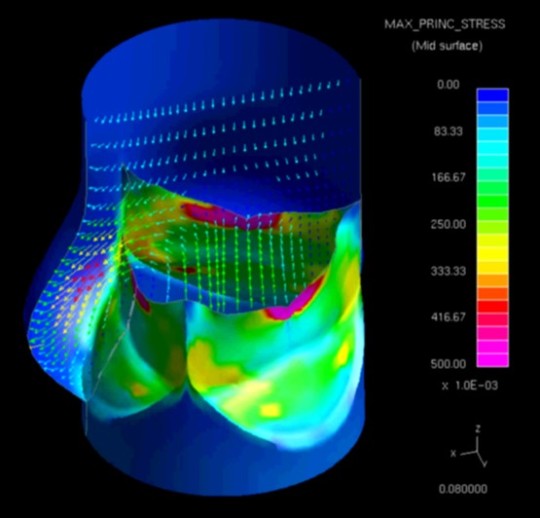
View On WordPress
#aerospace#aorta#aortic valve#biomechanics#cardiac dynamics#cardiac mechanics#computational fluid dynamics#computational modelling#Engineering#fluid-structure interaction#mechanics#MyResearch#nanoparticles#power stations#simulation
0 notes
Photo

New understanding of how particle shape controls grain flow could help engineers manage coastal erosion
As a river cuts through a landscape, it can operate like a conveyer belt, moving truckloads of sediment over time. Knowing how quickly or slowly this sediment flows can help engineers plan for the downstream impact of restoring a river or removing a dam. But the models currently used to estimate sediment flow can be off by a wide margin.
An MIT team has come up with a better formula to calculate how much sediment a fluid can push across a granular bed—a process known as bed load transport. The key to the new formula comes down to the shape of the sediment grains.
It may seem intuitive: A smooth, round stone should skip across a river bed faster than an angular pebble. But flowing water also pushes harder on the angular pebble, which could erase the round stone's advantage. Which effect wins? Existing sediment transport models surprisingly don't offer an answer, mainly because the problem of measuring grain shape is too unwieldy: How do you quantify a pebble's contours?
Read more.
#Materials Science#Science#Granular materials#Erosion#Fluid dynamics#Computational materials science#MIT
30 notes
·
View notes
Text
Unveiling the Power of Computational Fluid Dynamics: Enhancing Engineering Solutions
In the realm of engineering and scientific simulations, Computational Fluid Dynamics (CFD) stands as a pivotal tool revolutionizing the way we understand fluid flows and their intricate behaviors. With its unparalleled precision and versatility, CFD has transcended mere mathematical calculations to become a cornerstone in optimizing designs, predicting performances, and propelling innovation across various industries.
0 notes
Text
How Can Computational Fluid Dynamics (CFD) Be Used For Designing Better EV Battery And Thermal Management Systems (BTMS)
Introduction
Electric vehicle batteries are transforming how we move, live, and work. Architects and engineers have a crucial role in shaping the future of EVs and their integration with buildings and infrastructure. By understanding electric vehicle batteries’ challenges and opportunities, they can create innovative and sustainable solutions that benefit both people and the planet. However, EVs…

View On WordPress
#Battery Heat Dissipation#BTMS#BTMS Optimization#CFD#CFD for Battery Design#CFD in BTMS#CFD Simulation for EV Batteries#Computational Fluid Dynamics#Computational Fluid Dynamics for EV Batteries#Computational Fluid Dynamics for Thermal Management#Designing Better EV Battery#EV Battery Cooling#EV Battery Cooling Solutions#EV Battery Design#EV Battery Efficiency#Thermal Management in EV Batteries#Thermal Management Systems
0 notes